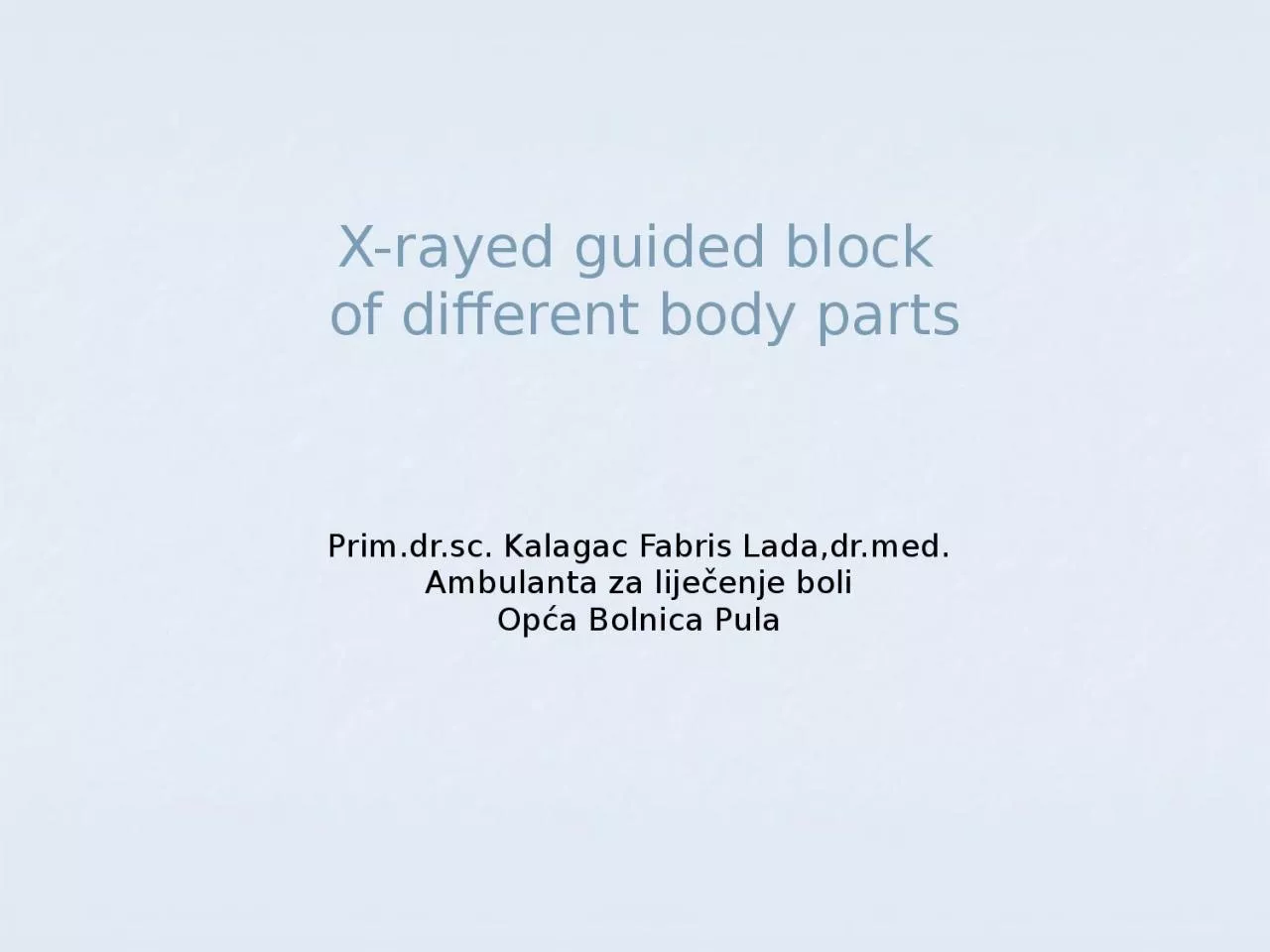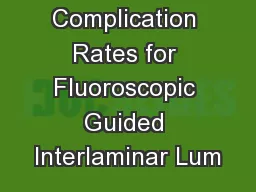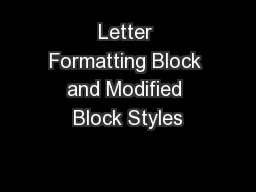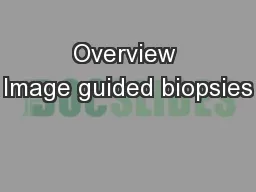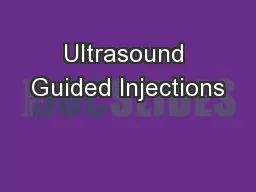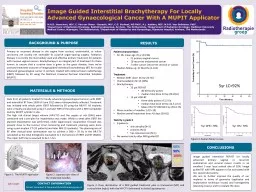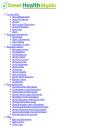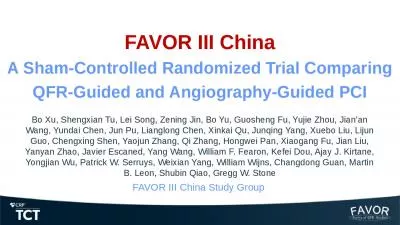PPT-X-rayed guided block of different body parts
Author : ariel | Published Date : 2023-12-30
Primdrsc Kalagac Fabris Ladadrmed Ambulanta za liječenje boli Opća Bolnica Pula Patient position and Carm alignment Safety is first and requires a clear understanding
Presentation Embed Code
Download Presentation
Download Presentation The PPT/PDF document "X-rayed guided block of different body ..." is the property of its rightful owner. Permission is granted to download and print the materials on this website for personal, non-commercial use only, and to display it on your personal computer provided you do not modify the materials and that you retain all copyright notices contained in the materials. By downloading content from our website, you accept the terms of this agreement.
X-rayed guided block of different body parts: Transcript
Download Rules Of Document
"X-rayed guided block of different body parts"The content belongs to its owner. You may download and print it for personal use, without modification, and keep all copyright notices. By downloading, you agree to these terms.
Related Documents

